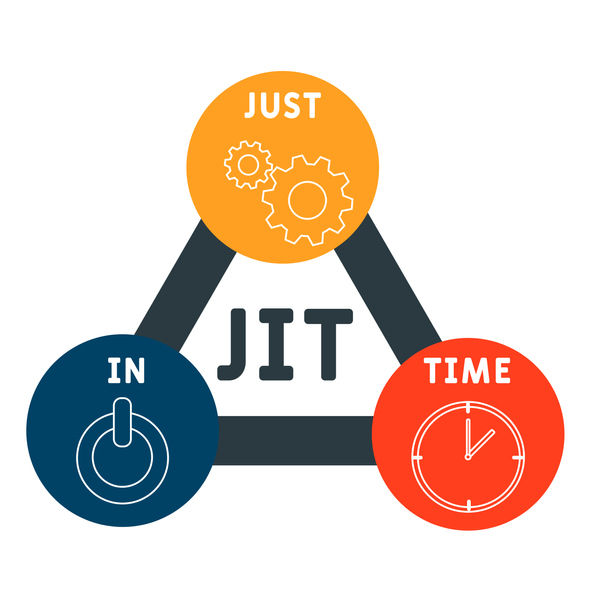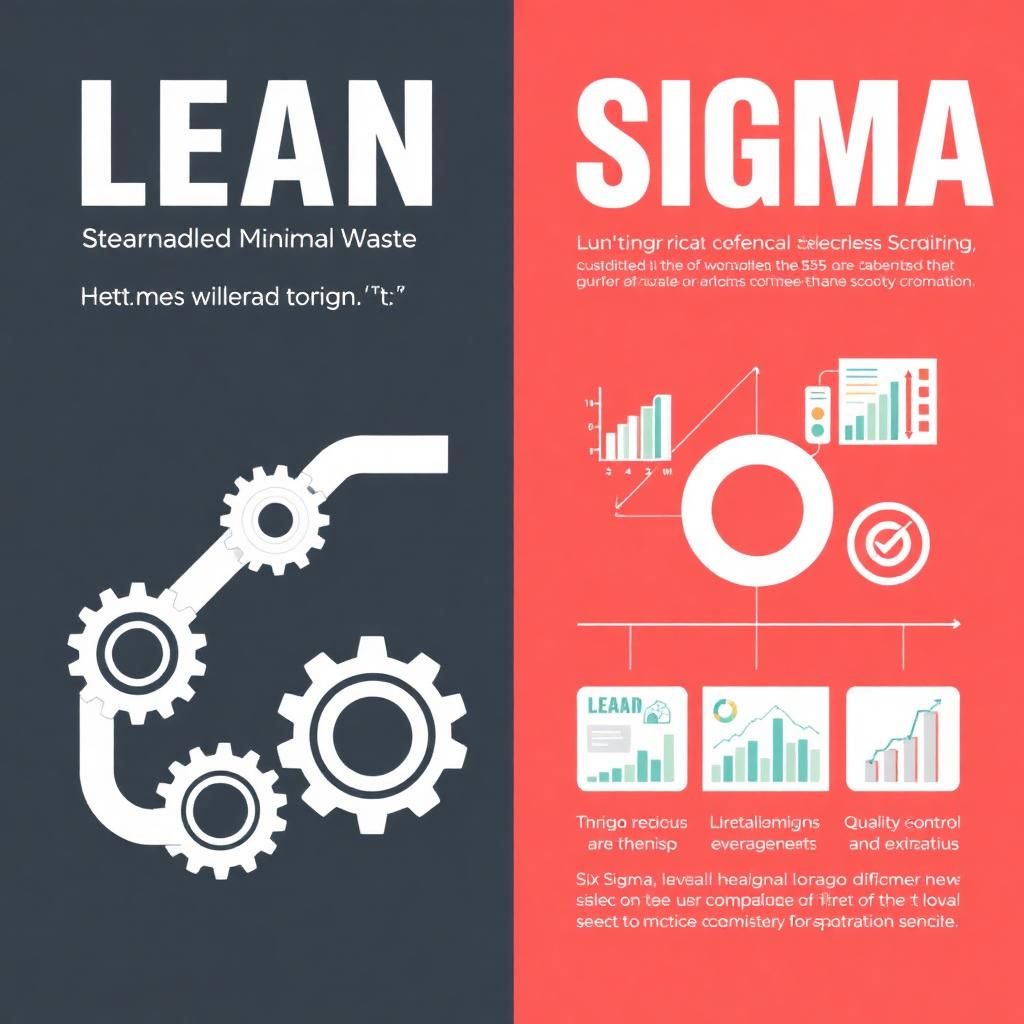
SMED Made Simple: Reducing Setup Waste in Lean Manufacturing

In today’s competitive manufacturing landscape, efficiency isn’t just an advantage—it’s a necessity. One of the most powerful tools for achieving rapid changeovers and reducing downtime is SMED (Single-Minute Exchange of Die), a lean manufacturing methodology that has transformed production lines worldwide. Despite its name suggesting changeovers in under one minute, SMED actually refers to changeovers completed in single-digit minutes, typically under ten minutes.
What is SMED?
SMED, developed by Japanese industrial engineer Shigeo Shingo in the 1950s and 1960s, is a systematic approach to reducing setup and changeover times in manufacturing processes. The methodology focuses on converting internal setup activities (those that can only be performed when the machine is stopped) into external setup activities (those that can be performed while the machine is running), thereby dramatically reducing downtime.
The term “Single-Minute Exchange of Die” originates from Shingo’s work at Toyota, where he initially focused on reducing the time required to change dies in stamping operations. However, the principles have since been applied across virtually every type of manufacturing process, from injection molding to packaging lines.
The Four Stages of SMED Implementation
Stage 1: Separate Internal and External Setup
The first stage involves carefully observing and documenting the current changeover process. Teams identify which activities are truly internal (requiring the machine to be stopped) and which are external (can be done while the machine runs). This stage often reveals that many activities previously thought to be internal can actually be performed externally with proper planning.
Stage 2: Convert Internal to External Setup
In this critical stage, teams work to convert as many internal setup activities as possible into external ones. This might involve preparing tools and materials in advance, pre-heating dies, or standardizing components. The goal is to minimize the time the machine must remain idle.
Stage 3: Streamline All Setup Activities
Both internal and external activities are analyzed for efficiency improvements. This includes eliminating unnecessary movements, standardizing procedures, and improving workplace organization. Teams often discover redundant steps or identify opportunities for parallel processing.
Stage 4: Abolish the Setup
The final stage represents the ultimate goal of SMED—eliminating setup time entirely through design changes, automation, or process innovation. While not always achievable, this stage pushes teams to think creatively about fundamental process improvements.
Key Principles and Techniques
The 5S Foundation
Successful SMED implementation relies heavily on the 5S methodology (Sort, Set in Order, Shine, Standardize, Sustain). A well-organized workspace with clearly designated tool locations and standardized procedures forms the foundation for quick changeovers.
Standardization
Creating standard operating procedures for changeovers ensures consistency and enables continuous improvement. This includes standardizing tool sizes, fasteners, and adjustment methods across different products or dies.
Visual Management
Visual aids such as color coding, position markers, and setup instruction cards help operators perform changeovers quickly and accurately. Visual management reduces the cognitive load on workers and minimizes errors.
Parallel Operations
Whenever possible, multiple operators should work simultaneously on different aspects of the changeover. This requires careful choreography and communication but can significantly reduce overall changeover time.
Benefits of SMED Implementation
Reduced Inventory Costs
Faster changeovers enable smaller batch sizes without sacrificing efficiency, leading to reduced work-in-process and finished goods inventory. This frees up capital and reduces storage costs.
Increased Flexibility
Quick changeovers allow manufacturers to respond rapidly to customer demands and market changes. Companies can produce smaller quantities of more product variants without significant efficiency penalties.
Improved Quality
Standardized changeover procedures and reduced setup complexity often lead to fewer quality issues in the first parts produced after a changeover. This reduces waste and rework costs.
Enhanced Equipment Utilization
By minimizing downtime, SMED increases overall equipment effectiveness (OEE). Machines spend more time producing value-added products rather than sitting idle during lengthy changeovers.
Competitive Advantage
Organizations that master quick changeovers can offer shorter lead times, greater product variety, and more responsive customer service—all significant competitive advantages in today’s market.
Implementation Challenges and Solutions
Resistance to Change
Operators and supervisors may resist new procedures, especially if they’ve been performing changeovers the same way for years. Success requires strong leadership support, clear communication of benefits, and involving workers in the improvement process.
Initial Investment Requirements
While SMED often requires minimal capital investment, some improvements may need new tools, fixtures, or equipment modifications. Organizations must balance the cost of improvements against projected savings.
Maintaining Gains
Without proper sustainment mechanisms, changeover times often drift back toward their original levels. Regular audits, refresher training, and continuous improvement activities are essential for maintaining SMED gains.
Complex Products
Some products or processes present unique challenges for SMED implementation. Creative problem-solving and sometimes fundamental process redesign may be necessary to achieve significant improvements.
Best Practices for SMED Success
Start with High-Impact Areas
Focus initial SMED efforts on bottleneck operations or high-volume product lines where improvements will have the greatest impact on overall performance.
Engage the Workforce
Operators who perform changeovers daily often have the best insights into improvement opportunities. Their involvement is crucial for both generating ideas and ensuring successful implementation.
Document Everything
Maintain detailed records of current state timing, improvement ideas, and results achieved. This documentation supports continuous improvement and helps replicate successes in other areas.
Think Beyond Manufacturing
While SMED originated in manufacturing, its principles apply to any process requiring changeovers—from restaurant kitchens to hospital operating rooms to software deployment processes.
Measuring SMED Success
Success in SMED implementation is typically measured through several key metrics:
- Setup Time Reduction: The primary measure, often expressed as a percentage improvement from baseline
- First Pass Yield: Quality of parts produced immediately after changeover
- Overall Equipment Effectiveness (OEE): Improvement in overall machine productivity
- Inventory Turns: Increased frequency of inventory rotation due to smaller batch sizes
- Customer Responsiveness: Reduced lead times and improved delivery performance
Conclusion
SMED represents one of the most practical and immediately impactful lean manufacturing tools available to organizations seeking to improve efficiency and competitiveness. While the methodology requires discipline and sustained effort to implement successfully, the benefits—reduced costs, increased flexibility, and improved customer responsiveness—make it an essential component of any modern manufacturing strategy.
The key to SMED success lies not in achieving literal single-minute changeovers, but in fostering a culture of continuous improvement where teams constantly question existing methods and seek better ways to serve customers. When properly implemented, SMED becomes more than just a set of techniques—it becomes a mindset that drives ongoing operational excellence.
Organizations embarking on their SMED journey should remember that the greatest improvements often come from the simplest changes. By systematically applying SMED principles and maintaining focus on the ultimate goal of serving customers better, manufacturers can achieve remarkable improvements in efficiency, quality, and competitiveness.
















Post Comment